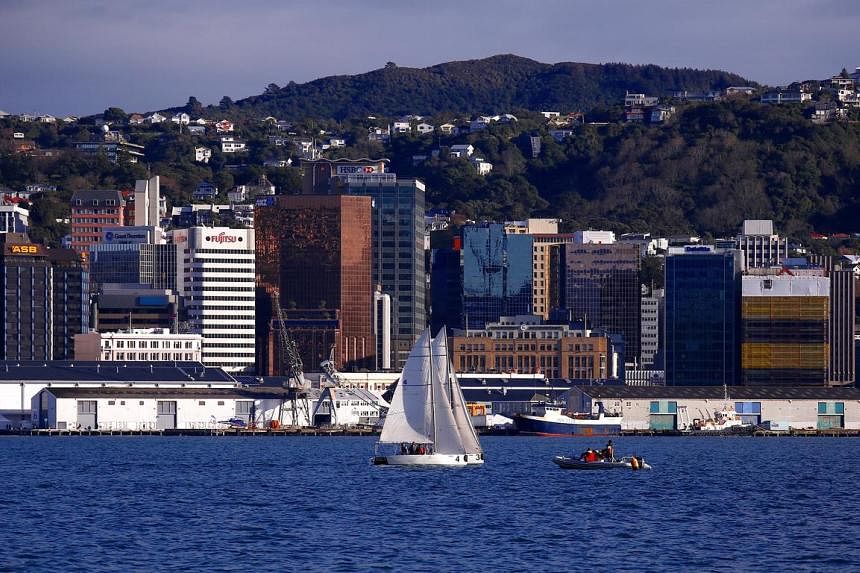WELLINGTON - New Zealand’s economy shrank slightly in the fourth quarter, putting the country into a technical recession and increasing the possibility the central bank might cut rates sooner than forecast.
Official data out on March 21 showed gross domestic product fell 0.1 per cent in the December quarter, worse than analysts’ forecast of a 0.1 per cent increase.
It followed a 0.3 per cent contraction in the third quarter, meaning the country is now in a technical recession.
GDP decreased 0.3 per cent year on year, missing the market expectation of a 0.1 per cent increase.
The fall in GDP was driven by weaker retail and wholesale trade and ongoing softness in the manufacturing sector.
The central bank was forecasting no growth in the quarter and ongoing softness in GDP will likely reassure the Reserve Bank of New Zealand (RBNZ), which has repeatedly said it needs slower growth to dampen inflation and inflation expectations.
In a note, ASB Economist Nathaniel Keall said: “Since mid-2022, the economy has experienced a sizable deterioration in momentum that has erased most of the initial strength of the early post-Covid-19 recovery,”
He added that the downward surprise for GDP tilted the balance in favour of cash rate cuts coming sooner than the mid-2025 timeframe flagged at the RBNZ’s February meeting.
The market impact of the data was completely swamped by the global reaction to a United States Federal Reserve meeting that was considered dovish by investors, sending bond yields lower.
The New Zealand dollar dipped slightly to 60.69 US cents, but that followed a 0.5 per cent rally overnight following the Fed news.
Likewise, two-year swap rates steadied at 4.725 per cent, having dived 23 basis points on March 20.
September bank bill futures jumped 13 ticks to 94.83, but most of that tracked the move in US markets.
Markets now imply a 55 per cent chance the RBNZ will cut its 5.5 per cent cash rate in July, with a quarter-point move more than fully priced for August.
Swaps imply almost 82 basis points of easing for all of 2024, even though the RBNZ has said it was unlikely to cut until well into 2025.
The RBNZ has undertaken its most aggressive policy tightening since 1999, having lifted the cash rate by 525 basis points since October 2021 to 5.5 per cent.
In February, it signalled a small possibility that it could raise rates higher if it decides inflation and inflation expectations are not heading towards its target band of 1 per cent to 3 per cent.
Westpac Senior Economist Michael Gordon said while the GDP print suggested slightly less need to keep monetary policy tight for an extended period, there was a lot that could happen before the RBNZ’s next meeting in May. REUTERS

